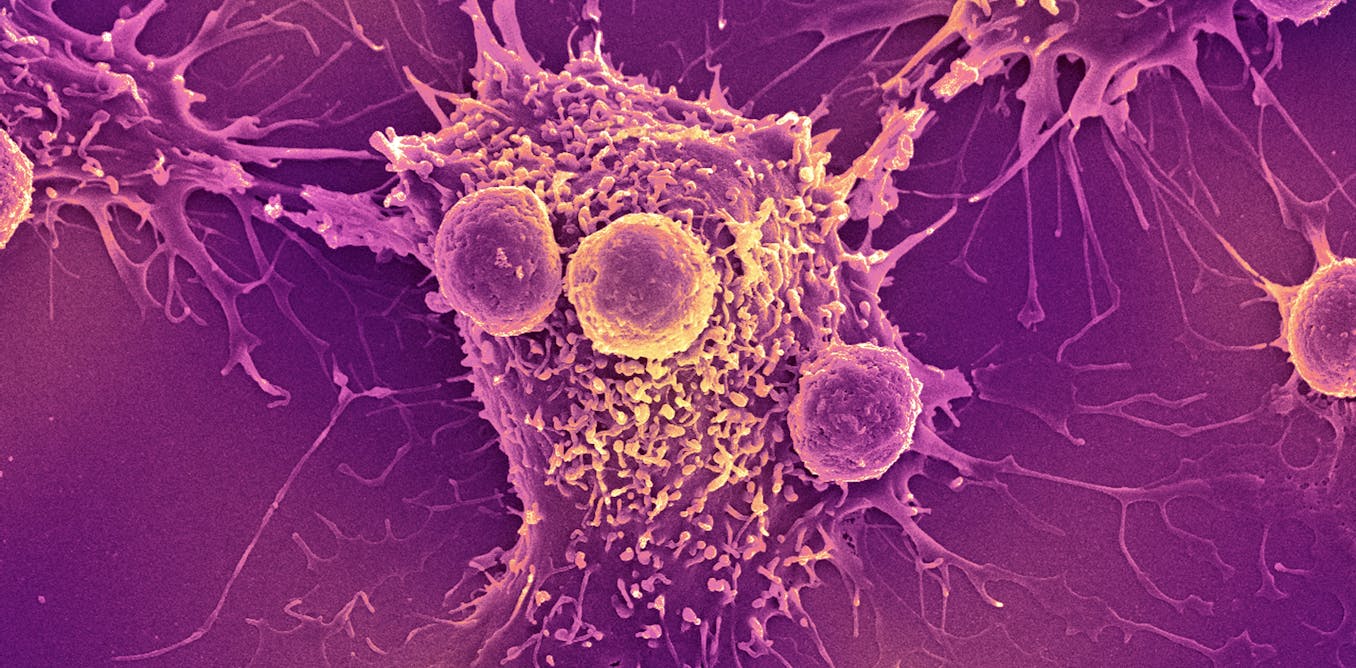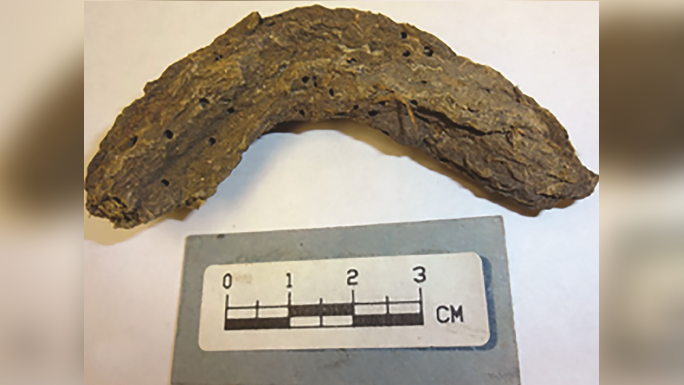While graying hair might feel like just one more unpleasant symptom of aging, new research reveals that it may actually be the result of a biological process that defends against cancer risk.
In a study led by the University of Tokyo and published earlier this month in the journal Nature Cell Biology, researchers used lab mice to investigate how a type of stem cell reacts to DNA damage, revealing a connection between hair graying and a form of skin cancer called melanoma.
DNA damage, aging, and cancer
Our body’s cells are continuously faced with internal and environmental agents that can cause DNA damage, which plays a role in both aging and cancer. Scientists have struggled to pin down the specifics of this role, especially how damaged stem cells impact tissue health in the long term.
Stem cells are cells that can self-renew (make more of themselves) and differentiate (turn into other cells). Within this context, the team specifically analyzed melanocyte stem cells (McSCs)—stem cells that produce mature melanocytes, pigment-producing cells that give color to hair and skin. In mammals, McSCs live in hair follicles in the form of immature melanoblasts (melanocytes’ precursors), where they perpetuate pigmentation.
The researchers found that, in response to DNA double-strand breaks, McSCs permanently differentiate and are then lost, which results in graying—a process called seno-differentiation. However, when McSCs come into contact with some carcinogens, they maintain their ability to self-renew and expand clonally. Simply put, they avoid seno-differentiation even when DNA is damaged, pushing McSCs “toward a tumor-prone fate,” according to a University of Tokyo statement.
“These findings reveal that the same stem cell population can follow antagonistic fates—exhaustion or expansion—depending on the type of stress and microenvironmental signals,” Emi Nishimura, lead author of the study and a biologist at the University of Tokyo, said in the statement. “It reframes hair graying and melanoma not as unrelated events, but as divergent outcomes of stem cell stress responses.”
Two potential fates
In other words, both results may come from how McSCs react to DNA damage, when they can go one of two ways—differentiate and leave the system (which leads to graying) or carry on dividing, where the persistence of damaged McSCs could ultimately result in a tumor.
While the researchers emphasize that their research does not indicate that graying hair prevents cancer, it does suggest seno-differentiation to be a protective pathway triggered by stress that does away with possibly detrimental cells.
“McSC fate tracking in mice revealed that McSCs undergo cellular senescence-coupled differentiation (seno-differentiation) in response to DNA double-strand breaks, resulting in their selective depletion and hair graying, and effectively protecting against melanoma,” the researchers explained in the study.
So next time you or an older family member complains about their gray hair—remember that it might be a trait that naturally protects against cancer.
Source link

